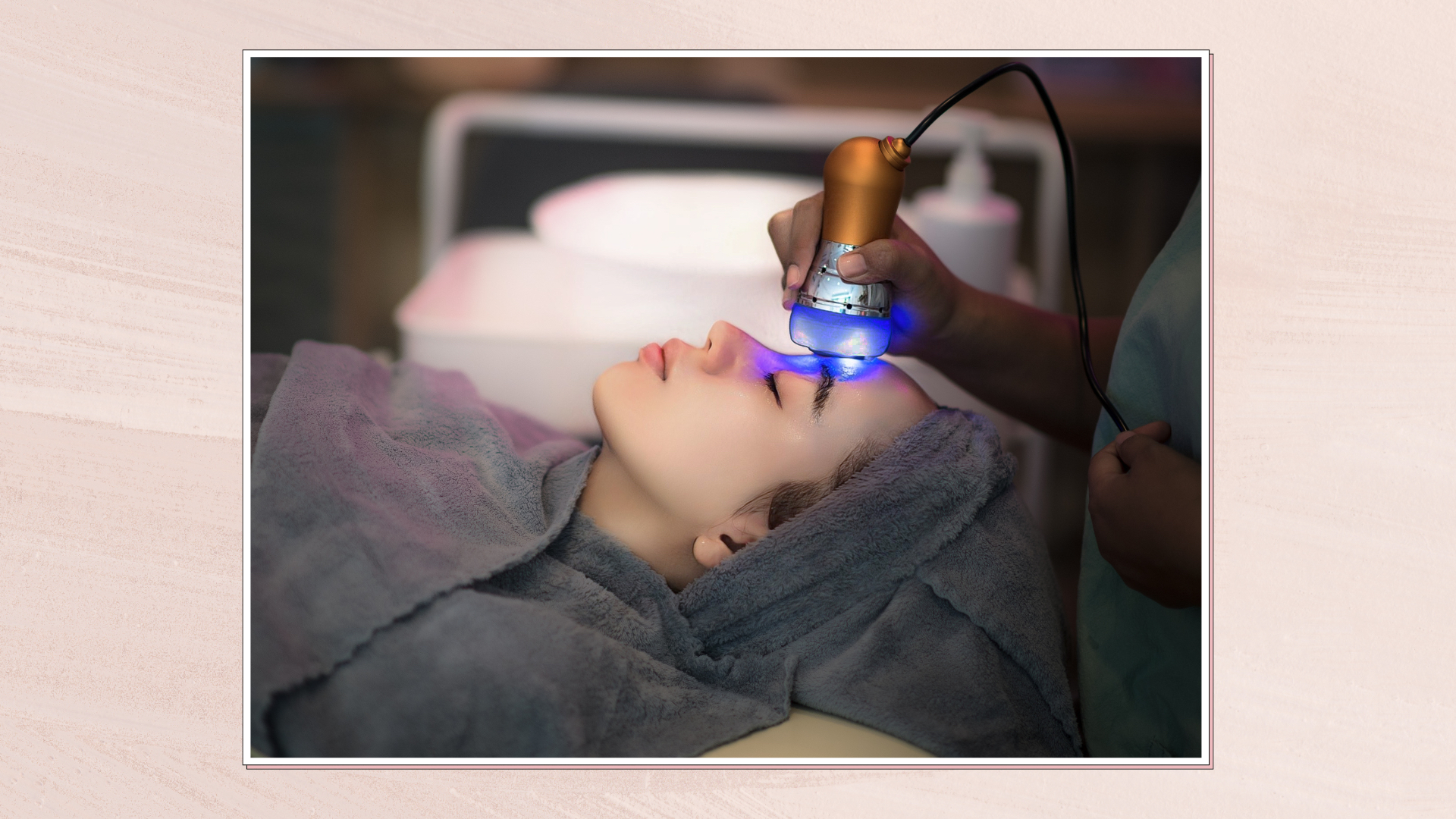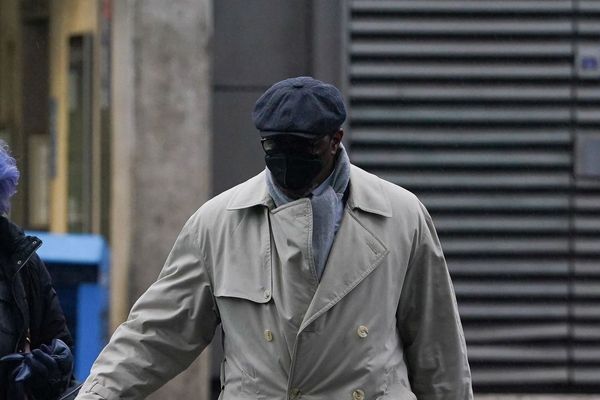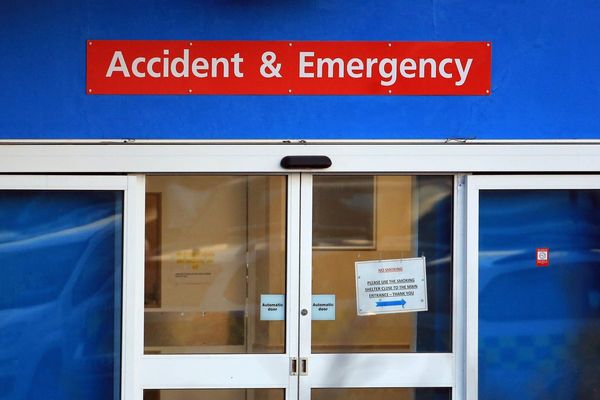
From at-home devices to specialist in-clinic treatments, there are plenty of options to choose from when it comes to light therapy. This branch of skincare can feel like a maze of jargon and two terms that are often tossed around are low-level laser therapy (LLLT) and red light therapy. But what are they and how do they differ?
Light therapy is one of the biggest skincare trends right now and it seems like top brands are launching their own version of an at-home LED face mask almost every day (rendering us all looking like Stormtroopers in the process). With promises of brighter, healthier-looking skin, it’s clear why so many of us are jumping on the bandwagon via tools like the best red light therapy devices.
But let’s be honest, light therapy can be a bit confusing. Wavelengths, colours and settings designed to combat acne as well as wrinkles can seem overwhelming and nonsensical, leaving you wondering which is the right option for you. Two such treatments in the category are low-level laser therapy (LLLT) and red light therapy. Both utilise light therapy, otherwise known as photobiomodulation, and are often used interchangeably – but there are some key differences to consider. Below, our in-depth guide helps you to understand the benefits of both, how they differ and which might be suitable for you.
Low-level laser therapy vs red light therapy: the expert guide
What are low-level laser therapy and red light therapy?
“LLLT and red light therapy are often used interchangeably as they operate on similar principles of photobiomodulation, using light within the red and near-infrared spectrum (500–1100 nm),” says Dr. Ellie Rashid, consultant dermatologist at London's OneWelbeck. “However, LLLT typically refers to the use of focused laser light at specific wavelengths, whereas red light therapy may include broader-spectrum LED devices.”
To add more confusion into the mix, LLLT is often referred to as cold laser therapy – but rest assured, this is exactly the same treatment.
How do low-level laser therapy and red light therapy work?
Although both treatments use light to improve the skin, the science behind them varies. “Red light uses low-level wavelengths of red or near-infrared light to promote healing, reduce inflammation, and improve skin health,” explains Dr. Sindhu Siddiqi, founder of No Filter Clinic.
“Low-level laser therapy involves using low-intensity laser light to penetrate the deeper tissues, stimulating cellular repair and regeneration. This treatment helps accelerate the healing of scars and damaged skin,” she adds.
Low-level laser therapy vs red light therapy: key differences
- Wavelength: Red light uses a wavelength of 600-650 nm to stimulate surface-level skin repair, but LLLT uses a broader spectrum. “LLLT uses wavelengths of light between 600–800 nm, which includes red light and near-infrared light,” explains Dr. Alexis Granite, consultant dermatologist.
- Penetration: “LLLT penetrates deeper skin layers, promoting cellular regeneration,” says Dr. Siddiqi. “Red light, on the other hand, stimulates surface-level skin repair and collagen production.”
- Benefits: “Red light therapy promotes skin rejuvenation, enhances collagen production and reduces fine lines and wrinkles, making it effective for anti-aging and general skin health” explains Dr. Siddiqi. “LLLT benefits include accelerated wound healing, reduced inflammation, and pain relief due to its ability to penetrate deeply and stimulate cellular function.”
- Device: “LLLT is available in clinical settings, such as dermatology, aesthetic or trichology clinics. Red light therapy is widely available in spas, wellness centres, beauty clinics and through home-use LED devices,”says Dr. Rashid.
Is low-level laser therapy or red light therapy better for the skin?
In short, both therapies improve circulation and cellular energy production, aiding in tissue repair and overall skin vitality,” says Dr. Siddiqi. However, which treatment you opt for will depend on your skin goals, budget and whether you want to treat yourself at home or visit a clinic.
LLLT is effective in promoting faster wound healing, reducing inflammation and providing pain relief. “It offers targeted treatments with controlled wavelengths and intensities. It’s more precise and suited to clinical settings,” adds Dr. Rashid.
On the other hand, red light therapy “promotes skin rejuvenation, enhances collagen production, and reduces fine lines and wrinkles, making it effective for anti-aging and general skin health,” says Dr. Siddiqi. It’s found in at-home LED masks and devices, which you can pop on during an evening in front of the telly.
Low-level laser therapy vs red light therapy: the woman&home verdict
In the case of low-level laser therapy vs red light therapy, those who are looking for a more precise treatment, deeper levels of penetration and don’t mind a visit to the clinic will likely prefer LLLT. It is the pricier option of the two with treatments ranging in price from £200–500 for individual sessions, but it does deliver a more targeted approach.
That said, if staying at home and donning a face mask for 10 minutes seems like the most practical option for you, you don’t mind a less precise treatment and you’re looking for more affordable options (most LED face masks are priced between £80–£400) then red light therapy is the way to go!







